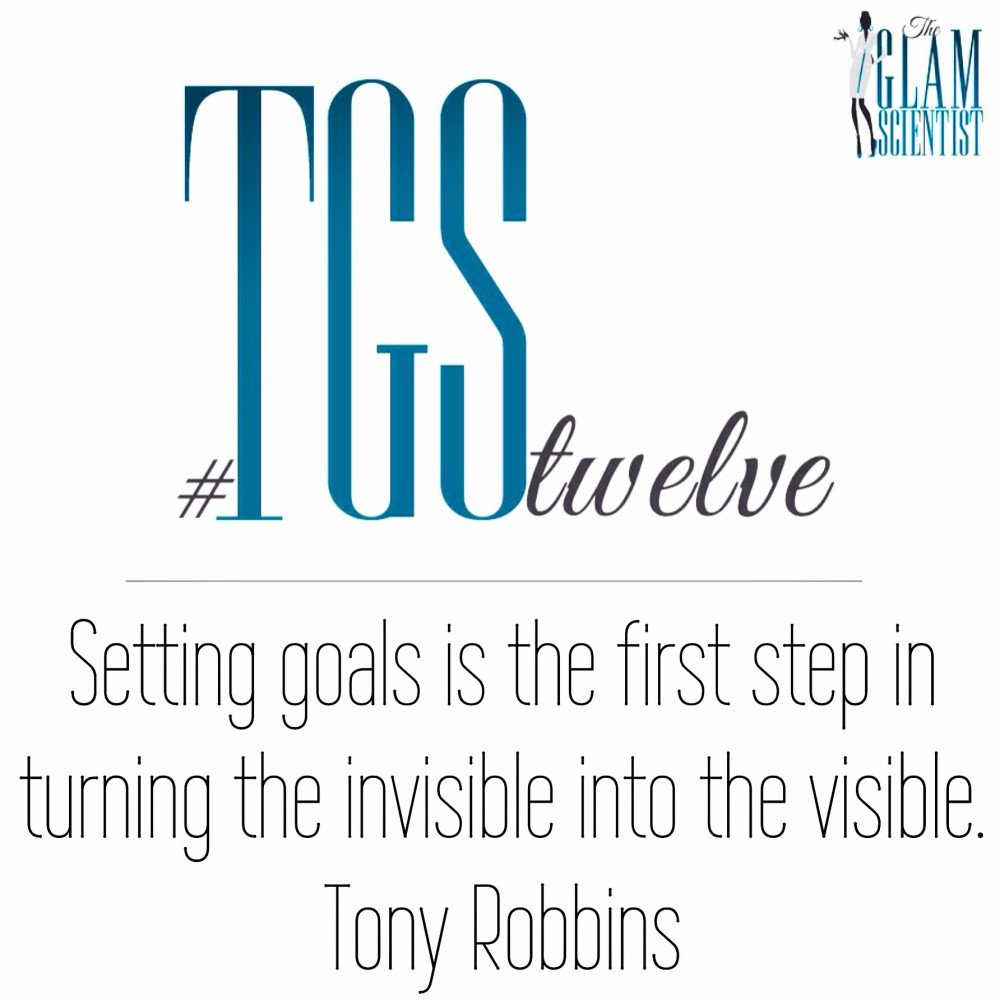
by theglamscientist | | Uncategorized |
Goals are dreams with a deadline. They are so necessary for achieving success, especially if you want to get there sooner than later. Setting goals is the first step in your journey to accomplishment. There are many different methods and philosophies for setting and accomplishing goals. I’ll share my personal method in case you’re curious. But I encourage you to do what works for you. The most important thing to do is actually set them.
Before I set any goal, I dream. I dream BIG and in COLOR. I visualize myself doing the work, I see inventory coming in, I see the product on the shelves and I see myself pitching the product to buyers. And then I see myself enjoying the success. I daydream about reinvesting profits and buying myself “Congratulations, you did it!” gifts.
After I’ve seen it all, I write the goal down; very literally. I’ll have my main goal and supporting goals that will help me get to the main. Once the goal is on paper, I write a plan of action. I break the goal down to each and every step I need to take to get there and then I tag those steps with a date. I can’t stress how important dates are. They create discipline and give you something to look forward to. You won’t always make the mark. That’s ok. Just set a new date and pick up where you left off. If you prioritize your goals and work the action steps, you’re guaranteed to make progress. Just make sure you’re checking in with yourself from time to time to analyze your methods and your progress. It’s always ok to re-work the plans when they aren’t serving you well. Just get moving!
How do you set your goals? Share your method with us.
Here’s to the Glam Life!
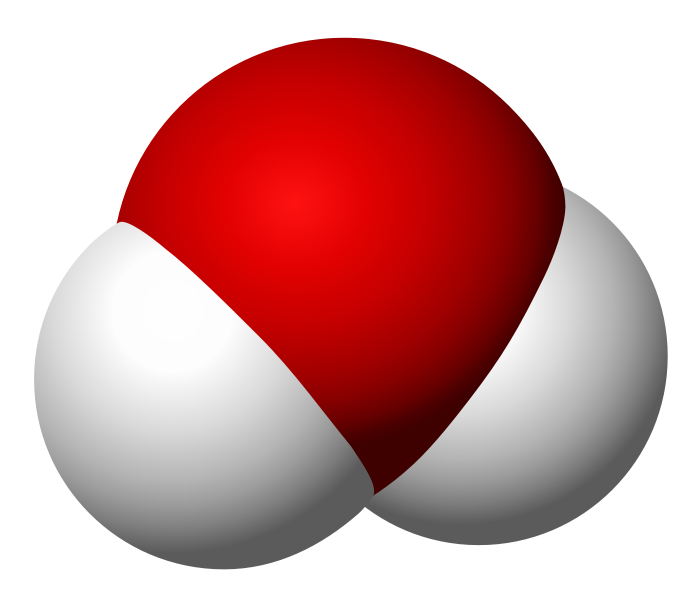
by theglamscientist | | chemistry |
As usual, I was browsing my twitter timeline when I came across something that made my eyebrows raise. What I read reminded me of how little “normal” people know about chemistry. By normal, I mean people that aren’t as nerdily passionate about chemistry as I. Although I’m a cosmetic chemist, I enjoy and have studied all areas of chemistry which leads me to this pet peeve…
The elements in a compound alone do not determine the properties of the compound.
I want to keep this quick, so allow me to use an example. Take water and peroxide, for instance. Notice that they have unique names, yet they are made of the same 2 elements– Hydrogen and Oxygen. What is the difference between the two? Well, the number of molecules for starters. Water contains 2 molecules of hydrogen per 1 molecule of Oxygen hence the notation H2O. Peroxide, on the other hand, contains 2 molecules of Hydrogen per 2 molecules of Oxygen and is noted as H2O2. They also differ in structure. The molecules in water occupy the same plane, however, peroxide molecules occupy 2 planes. **To visualize the planes consider a sheet of paper. In a water molecule, everything lays flat on the sheet of paper. However, in a peroxide molecule half of the compound lays flat on the paper and the other half sticks out of the paper.
Water Molecule
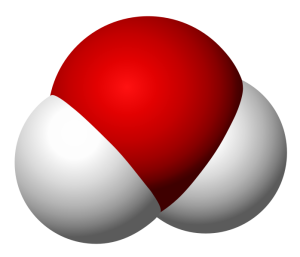
Peroxide Molecule
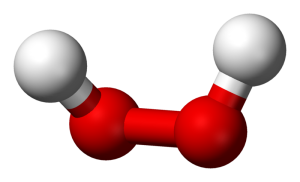
The number of molecules and their structure/arrangement in the compound make water and hydrogen peroxide very different. In fact, while water is safe to ingest and apply to skin, the same is not true for peroxide. In low concentrations, peroxide can be applied to the skin and even swished around in your mouth. BUT in higher concentrations, H2O2 is highly corrosive and will cause serious chemical burns to your skin and mouth. One job I held in undergrad required me to work with very concentrated peroxide. I had to be very careful to properly dilute it to prevent injury to myself and those using the finished product. H2O2 is NO JOKE!
I used the example of water and peroxide because it was among the simplest I could think of. However, these types of major differences can be seen between all kinds of compounds that happen to share elements or similar structures. Keep this in mind when assessing your cosmetics ingredients or when you see things like “Propylene Glycol is used in anti-freeze. It can’t possibly be safe in cosmetics.” Give me a break! A lot must be considered in the assessment of chemical safety including stuff like steric tension, hydrogen bonds, concentration… You get the picture.
That’s enough of my nerdy pet peeve… Here’s to the Glam Life!

by theglamscientist | | color cosmetics, color therapy |

One of the reasons I started this blog was to encourage self esteem through cosmetics. That may sound superficial to some, however, I see it as very real and very necessary. Cosmetics help enhance the beauty we already have. Though I’m not a makeup wearer, I do see how makeup makes women feel good. When you think of makeup, you think of color… a rainbow of colors in just about every shade, hue and intensity you can think of. Have you ever considered the role color cosmetics play in enhancing a woman’s overall esteem? I’m not talking about masking imperfections. I’m talking about makeup artistry– using the face as a canvas to create art and freedom of expression.
The fact that color appeals to one of the five senses is a clear indication that it can affect us on a deeper level. Color has the capacity to incite or simply complement a full range of emotions and moods. In my daily life, I use nail polish as a form of color therapy. I like to wear colors that make me feel happy and pretty. I’m a bright color kind of girl. That’s not to say I wear neon nail polish, but I tend to avoid colors on the darker end of the spectrum. Yesterday, I fell in love with a periwinkle blue color that has been brightening every second of my life since I brushed it on. This color reminds me of a clear blue sky over a body of water. It is just so pure. To complete the therapy, I added big yellow polka dots to one nail. That’s like my sunshine. Of course a mani will only last so long, but I’m taking in every moment of this one.
Don’t be afraid to use a little color to brighten your days, too. Here’s to the Glam Life!
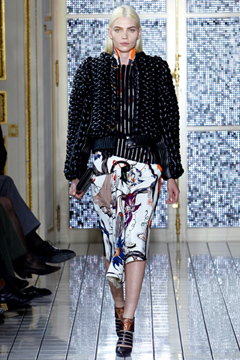
by theglamscientist | | beauty, beauty business, product inspiration |

I gather a lot of product inspiration from fashion and home design. It may sound strange, but somehow I can translate the colors and designs of clothes and home accessories into cosmetics and fragrance. There was a spread in the July 2011 issue of Vogue that immediately drew me in. “Spellbound”, as it was appropriately named, was inspired by “1940’s film noir chic”. Anything old hollywood screams richness and luxury to me. That can be creatively translated into lip and eye color, nail lacquer and even high end fragrance.
The basis of my product idea stemmed from the fact that film and tv in the 1940’s was completely black and white. What a perfect canvas for bold colors, textures and prints! The most striking page in the spread featured Lara Stone in a beautifully tailored Balenciaga by Nicolas Ghesquiere shirtwaist dress (2011RTW). With bold colors of fuschia, shades of orange, royal blue/purple, red and mustard yellow set on a white background, I was staring at a palette of inspiration. I think this dress spoke to me so deeply because I’ve always been attracted to that kind of paisley-esque floral. In fact, I’ve been stalking this dinnerware set in a similar print at Target for months. I just can’t muster a good excuse to purchase it.
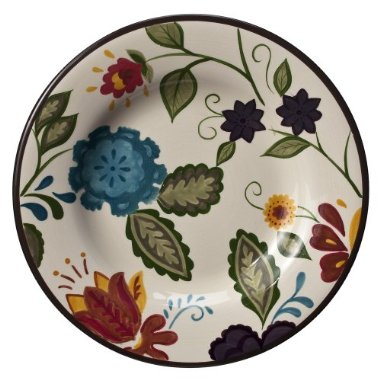
So imagine my joy when I met with my latest joint venture partner and she unveiled swatches of colors that had been dancing around in my head for the last two weeks. Talk about thrilled! Glam girls think alike 🙂
We’ll revisit this post when it’s time to reveal the new project. Until then, take note: Beauty and fashion walk hand in hand. If you want to succeed in the beauty industry (especially color cosmetics) you must keep a close eye what the fashion industry is doing.
Here’s to the Glam Life!
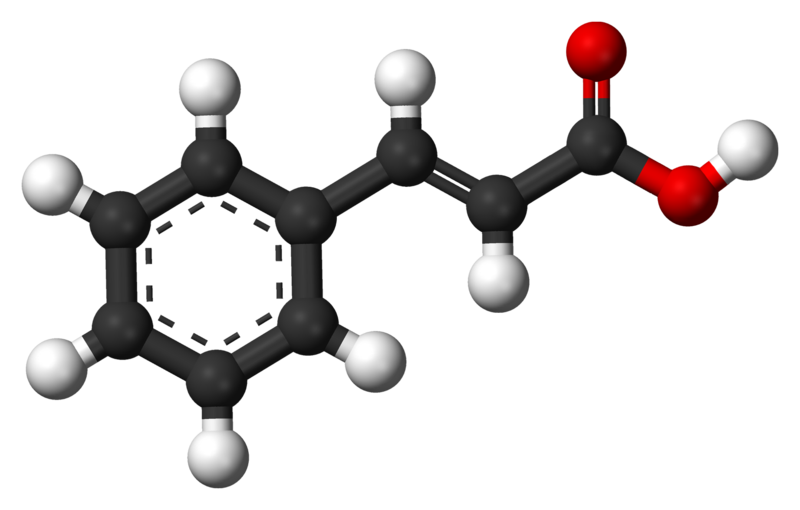
by theglamscientist | | broad spectrum, om-cinnamate, shea butter, spf, sunscreen, UV absorption, UVA, UVB |

On more than one occasion, I have heard and seen shea butter being purported as a sunscreen. While I know this to be untrue, I thought it would be a good idea to explain where this particular shea butter myth comes from, what’s true and what’s not.
Natural, unrefined Shea butter is very complex. If you’ve ever melted pure shea butter and noticed a gritty texture when it cooled, then you’ve experienced firsthand just how complex it is. The chemical component that people attribute to shea butter’s sun protection is cinnamic acid. Cinnamic acid does, indeed, have UV absorption properties in the 250-300 nm wavelength (UVB). However, the concentration of cinnamic acid in shea butter is not strong enough to provide any real sun protection. Even when shea butter is standardized for a higher concentration of cinnamic acid, it still doesn’t provide substantial sun protection. Alternatively, the cinnamic acid in shea butter can work in synergy with organic sunscreen actives (ex: OM-Cinnamate)to give a broader spectrum SPF (more UVB protection and maybe some UVA protection). **We’ll discuss synergy in a later post.
To sum it all up, shea butter alone is not enough to protect your skin from the harmful rays of the sun. It may (or may not) give your sunscreen of choice an extra boost of sun protection when applied separately. The synergy more than likely works better in the actual formulation. If you’re looking for a sunscreen with broad spectrum protection, shea butter is an ingredient that you probably want to see in the ingredients list. Plus, you get all the other benefits of shea butter with just one product.
Here’s to the Glam Life!









